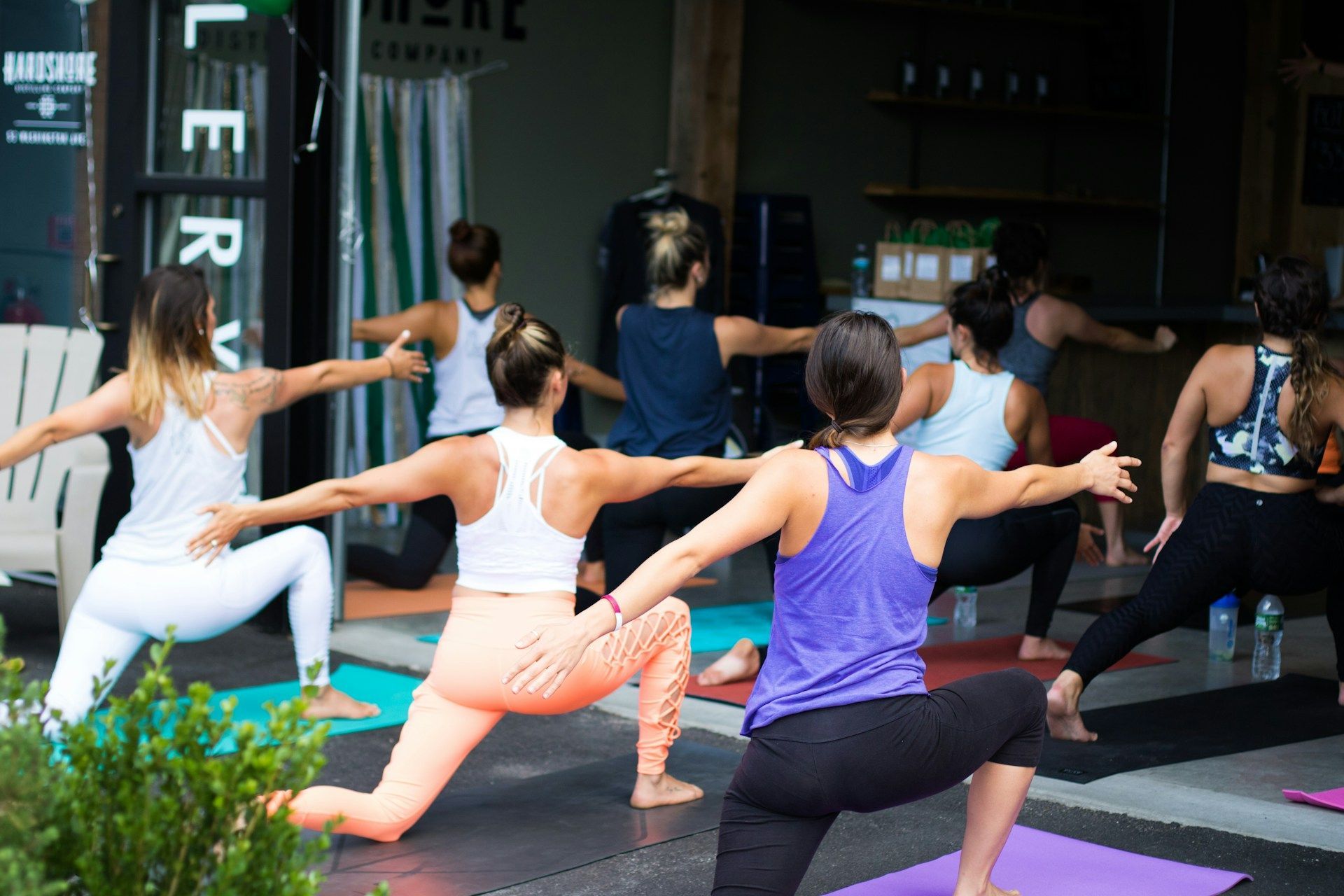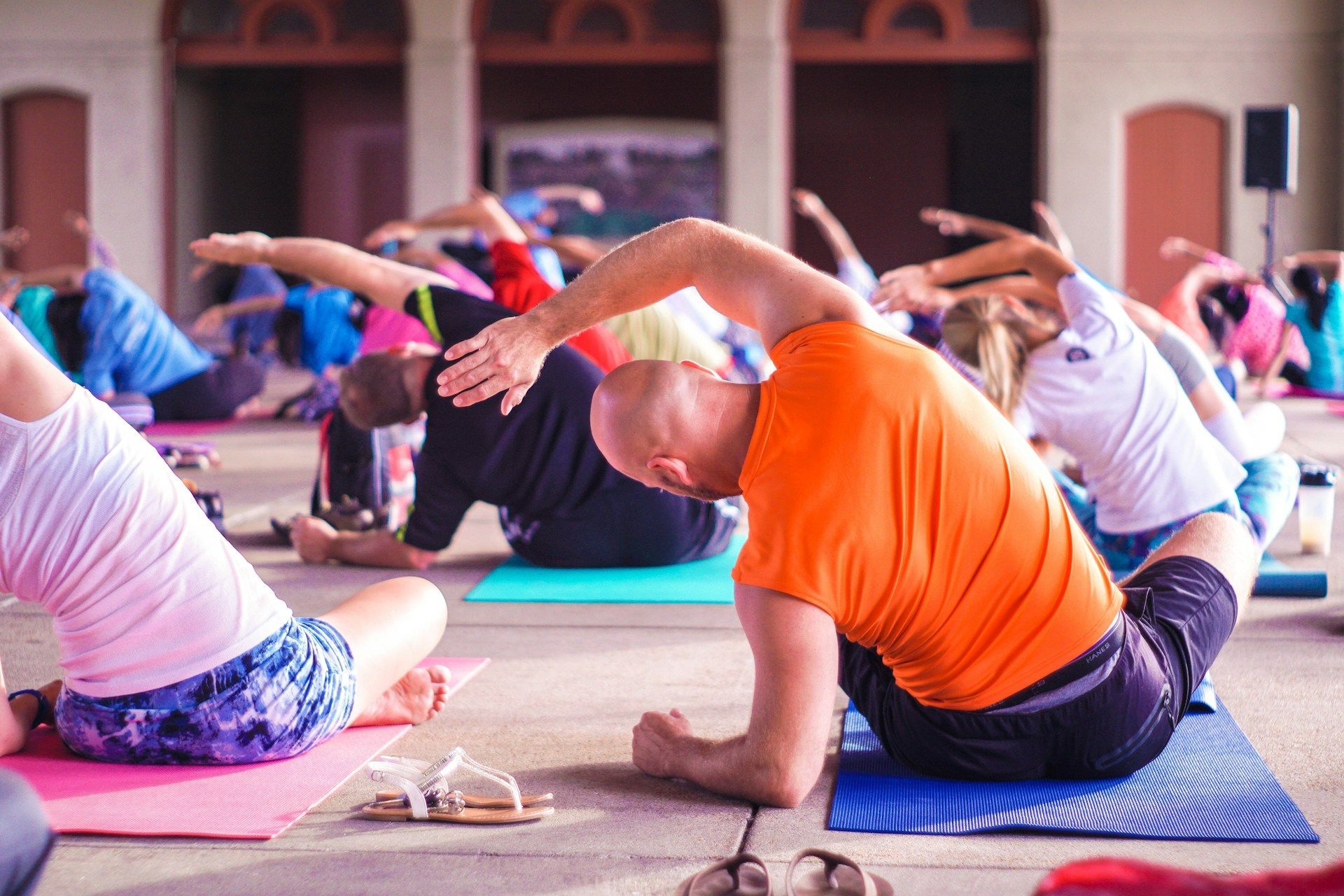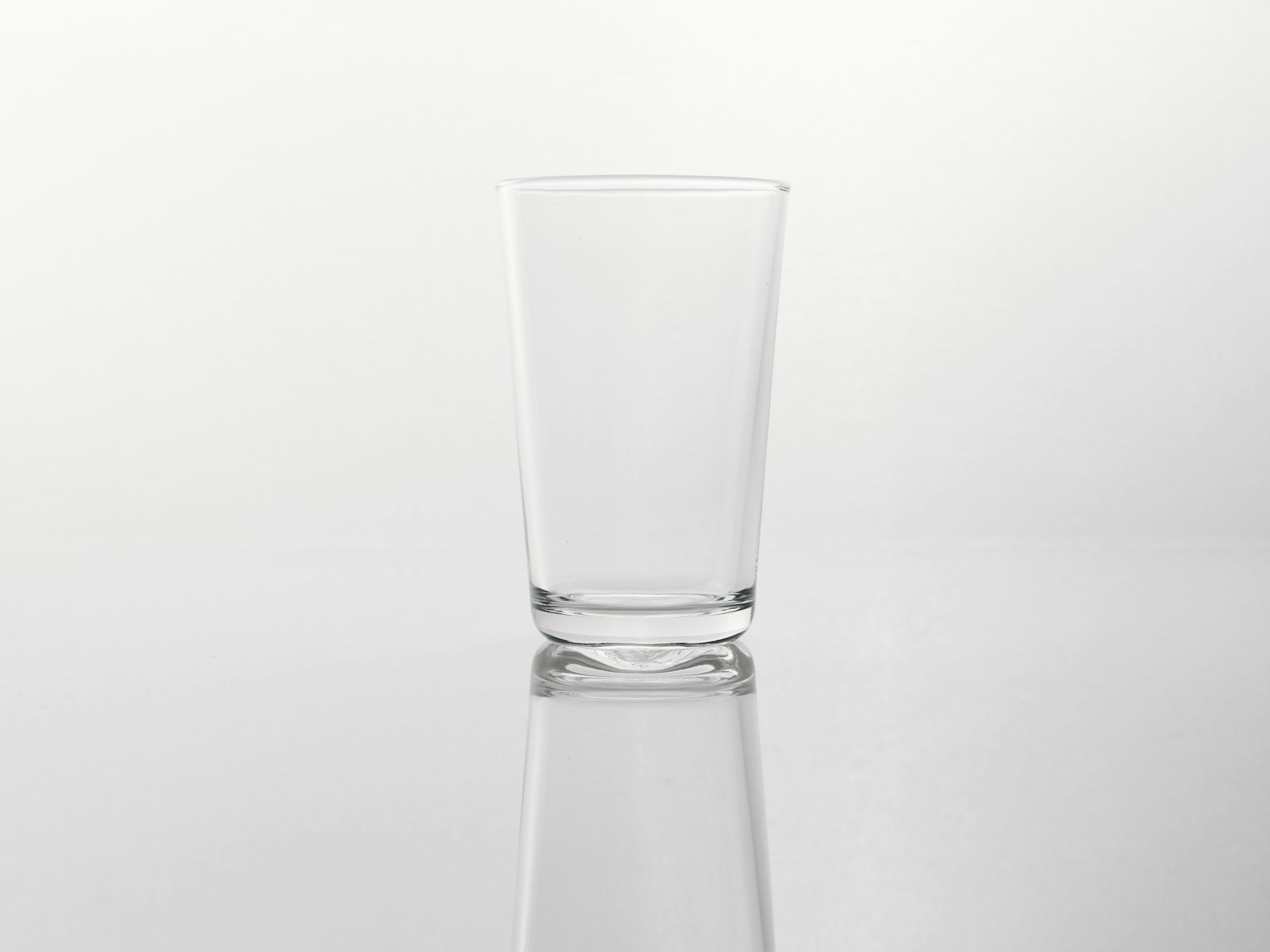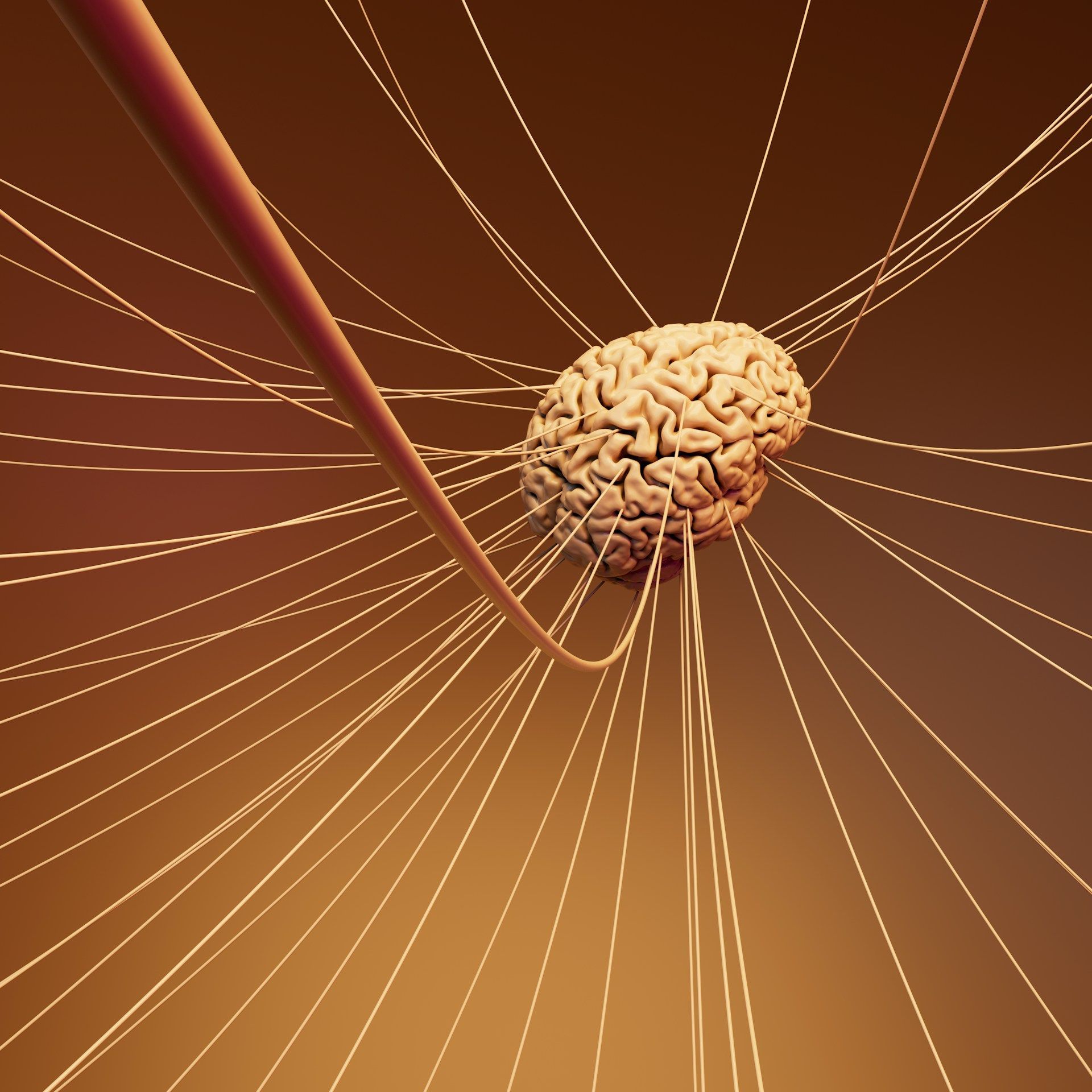Your Fascia and Restorative Yoga: A Match Made in Relief Heaven?
A closer look at how restorative yoga eases pain
If your knees, hips or lower back ache, the problem may not lie in your muscles or bones. The trouble may arise from your fascia, and restorative yoga is often highly effective in easing pain originating in this connective tissue. Learn how this relatively modern twist on the ancient practice of yoga could help you improve mobility and function — and, above all, feel better.
What Is Your Fascia?
Ligaments and tendons aren’t the only connective tissues in your body. Your largest one is your fascia, a system of connective tissue consisting primarily of collagen. It runs throughout your entire body, giving shape to your muscles like sausage casings while connecting your skin to the tissue underneath1.
One reason your fascia and restorative yoga are a match made in relief heaven is because this connective tissue can grow tight from lack of movement. Talking to your mat increases your activity quotient, but there’s another reason this practice can feel as heavenly as a massage.
Your Fascia’s Got Some Nerve!
Your fascia has a lot of nerve — roughly 250 million of them (but who’s counting?)2. It has 25 times more nerve endings than your skin and 1,000 times more than your muscle. Your nerves are responsible for sending pain messages, so when your fascia gets tight, the agony you feel can be intense.
Why Restorative Yoga Is TLC for Your Fascia
Another reason that your fascia and restorative yoga go together like peas and carrots is because it’s downright uncomfortable to perform some types of exercise when your body already aches. You might not feel up to running on the treadmill or even lifting weights, but sinking onto your mat may be more doable.
Restorative yoga originated as a method of helping those recovering from illness or injury. It’s safe to say it's designed for when you don’t feel your best. However, the biggest reason this practice often brings relief is it stimulates the magic juice that helps your fascia move with ease.
The Magic of Hyaluronic Acid
Hyaluronic acid is much more than an ingredient in your favorite skin cream. It’s the magic sauce that encourages your fascia to slide and glide. Yoga increases hyaluronic acid production, and boosting your production reduces stiffness, leading to improved mobility and function3.
Easing Fascial Adhesions
Increased hyaluronic acid production may also ease fascial adhesions. These occur when fascia sticks to itself or surrounding tissue, hindering mobility and often causing significant pain — remember all those nerves fascia has4.
Adhesions can result from inactivity but can also occur where you have existing scar tissue from old injuries. While you should always check with your doctor before embarking on any new activity, you might be surprised by how well restorative yoga eases that nagging ache in your hips or knees that you attributed to an accident years ago.
Tips for Your First Restorative Yoga Class
Restorative yoga has risen in popularity in recent years. However, if you can’t find a class near you, you can always tune into an online version. There are scores of restorative yoga videos on YouTube, including our Sober Saturday live streams, which we post publicly after each broadcast. The following quick tips can help you get the most from your session:
- Dress comfortably. You can opt for traditional yoga attire or something looser, like sweats and your favorite tee. Although you might not feel comfortable going out in public, cozy pajamas are perfectly acceptable for home practice, as long as you can move. You can do many restorative poses right in bed (and we encourage wearing pajamas during our Sober Saturday show for that reason).
- Invest in props. You can be creative here, using pillows and the tie from your robe instead of a proper bolster and straps. As you’ll be holding passive poses for anywhere from three to five minutes, grab several pillows or bolsters to support each part of your body in that perfect position. It’s also wise to bring a blanket, as you don’t burn many calories, and your body may cool as you relax.
- Talk to your guide. This tip is especially crucial if you have pain or an injury. Your guide can suggest various modifications of each posture. Go early and check with them before class begins. While most guides circulate during live classes and make suggestions, its impossible to model every possible pose variation once class begins.
Your Fascia and Restorative Yoga
The aches and pains that distress you the most may arise from your fascia. Fortunately, there’s an easy, free way to get relief. Your fascia and restorative yoga are a match made in heaven. Check with your doctor, then get comfy, tune into a restorative yoga video, sink into your mat, and say “aah.”
References:
1. Sears, Brett. “What is fascia?”
Verywellhealth.com. July 23, 2024. Retrieved from:
https://www.verywellhealth.com/what-is-fascia-5079645
2. Barclay, S. Jade, et. al. “Fascia as a regulatory system in health and disease.” Frontiers in Neurology. August 7, 2024. Retrieved from: https://pmc.ncbi.nlm.nih.gov/articles/PMC11346343/
3. Bhunia, Snehasis. “Regularity on following yoga therapy in daily life: A neglected domain of life.” Journal of Complementary Medicine and Alternative Healthcare. November, 2024. Retrieved from: https://juniperpublishers.com/jcmah/pdf/JCMAH.MS.ID.555856.pdf
4. “How does fascia affect your pain and mobility?” Somatic Movement Center. July 11, 2024. Retrieved from: https://somaticmovementcenter.com/fascia-mobility-pain/











